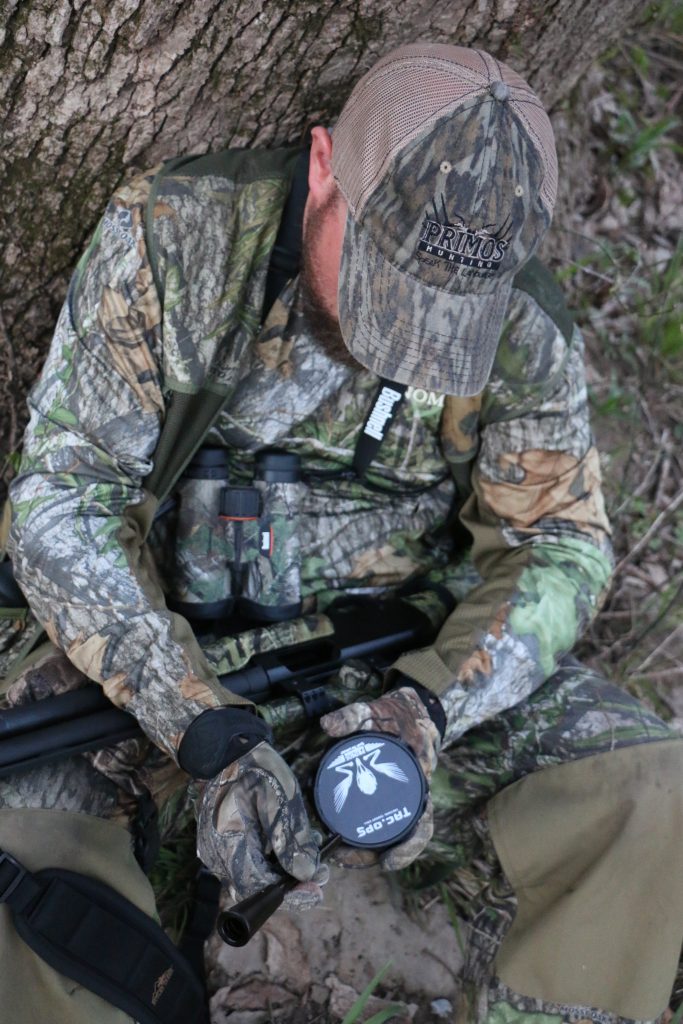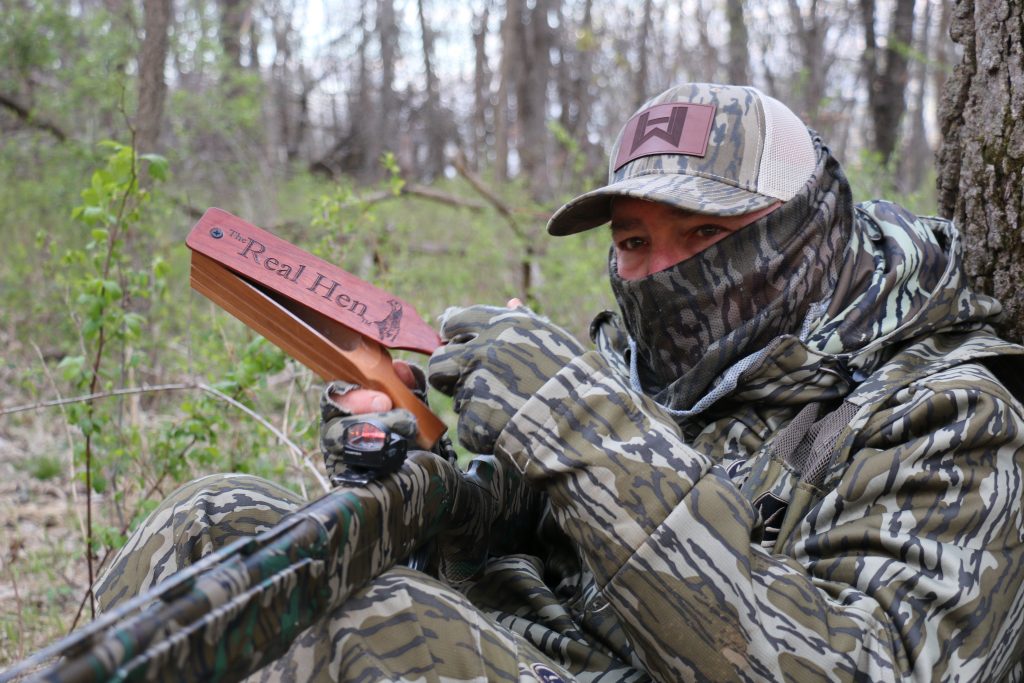Golden Silence: When No Calling Works Best
Going quiet seems counterintuitive to turkey hunters, but it can help put stubborn, hung-up birds in your lap.

Turkey hunters love to chat about calling’s many aspects, including tone, pitch, cadence, inflection and more. Often, however, we overlook another pressing topic: when to shut up.
It sounds cliché to say silence is sometimes the best calling, but it’s true. In many situations, putting that yelper in your pocket for a bit pays big dividends. Let’s examine some scenarios in which being quiet might be the best call.
Happy Circumstances
Sometimes, whether by design or coincidence, turkeys might drift toward your setup without persuasion. Maybe they’re feeding along a ridge, passing through a gate opening or drifting along a logging road, and you’re set up along their path. Obviously, it doesn’t make much sense to call in such situations. Enjoy it, however, because it won’t happen often.
The Searchers
Here’s a great old-school tactic that still works well today. You strike a receptive bird, and then fire him up with sweet calling. Then, as he begins to approach, go silent, playing on his curiosity and prompting him to search for the hen he heard. If you’re set up correctly, with some form of visual obstacle between you and the bird, he’ll probably gobble regularly and move steadily to a spot where he should be able to see the hen. Then, he’ll stop, crane his neck high and look for the source of the calling. If you’re against a tree 30 steps away, perfect.
Hang-Ups
This is probably the No. 1 situation when it pays to go quiet. Some turkeys gobble and come toward calling but then draw a line in the sand and won’t approach closer. This phenomenon has many causes, including hens, poor setups, physical barriers or the fact that turkeys have a brain the size of a grape. But often, it’s because we’re calling a lot, and the gobbler instinctively wants or expects the hen to come to him.

I’ll often use silence in stages during a protracted battle. If a bird seemingly stalls a bit, I’ll shut up for a few minutes to gauge its reaction. Sometimes, the quiet will prompt the longbeard to gobble, as if it’s wondering where the hen went. Other times, the bird might drift closer. When that happens, I might resume calling but continue to monitor the gobbler’s reaction to see if I need to shut up again.
Sometimes, when nothing else will break a hung-up bird, I’ll give a gobbler a final series of excited calling and then vow to remain quiet for a half-hour or more. Often, the longbeard will continue to gobble in place or drift back and forth, still expecting the hen to come. But as the silence wears on, it sometimes prompts a gobbler to move, searching the hen that’s gone mum. Often, they go quiet as they do this, so be ready. The bird might slip to where it should be able to see the “hen” for a final look.

Silence Speaks Volumes
Going quiet doesn’t always work, but in turkey hunting, nothing does all the time. But it can be a great tool in your bag of tricks and might get a reaction from an otherwise stubborn bird — even if you desperately want to call and make him gobble more.
